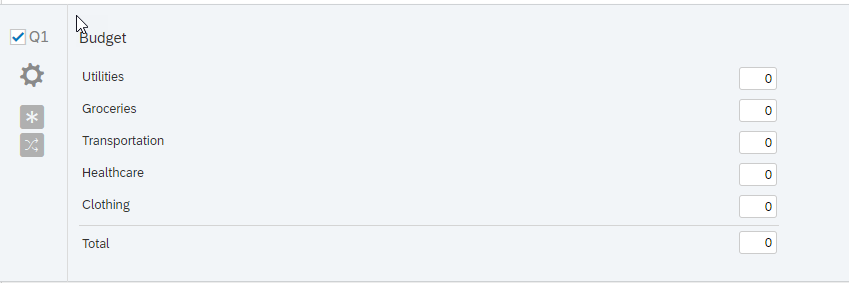1. What is the difference between "constant sum" as a separate question type and also constant sum as a sub-type of "Matrix Table"? When do we use each of them?
2. What is the best way to analyze them after getting the data?
Any ideas and help would be so much appreciated.
Best answer by Kate
View original



